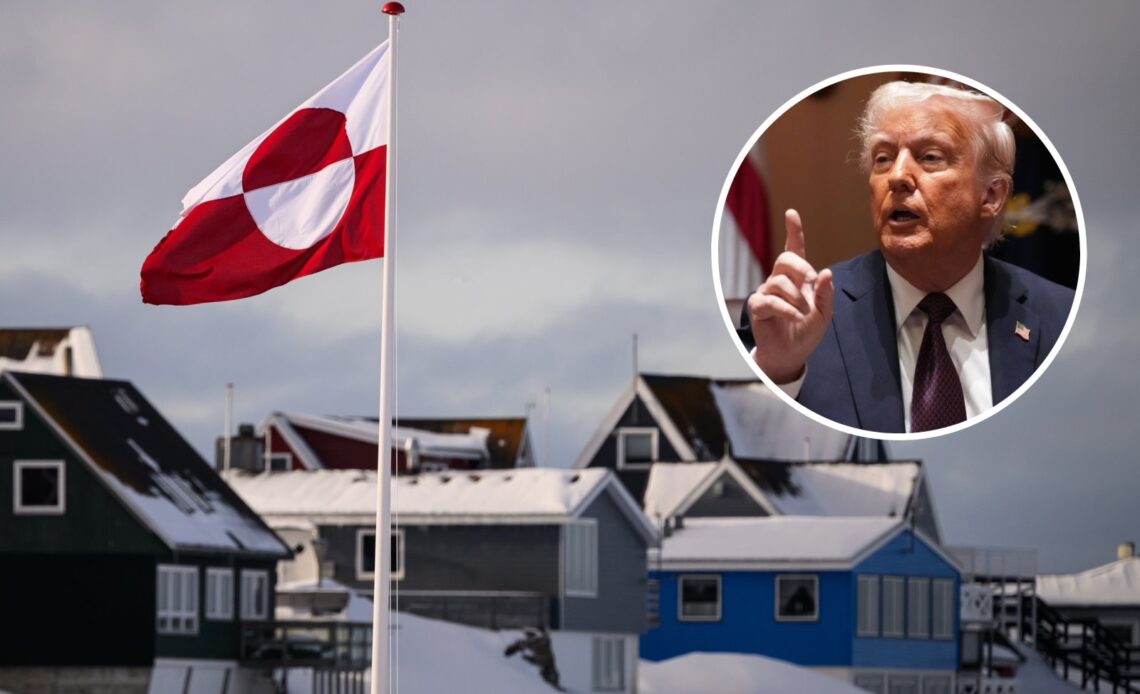Greenland, an isolated and vast landmass known for its glaciers and remote beauty, has recently become a focal point in global geopolitics. As the world’s largest island, it sits strategically between North America and Europe, offering a critical position in military and defense operations. The United States has long recognized the strategic value of Greenland, and the establishment of military outposts on the island has drawn increasing attention. In this article, we will delve into the details of one of the most significant US strategic outposts located on Greenland, its purpose, and its implications on global security.
### **A Glimpse into Greenland’s Strategic Importance**
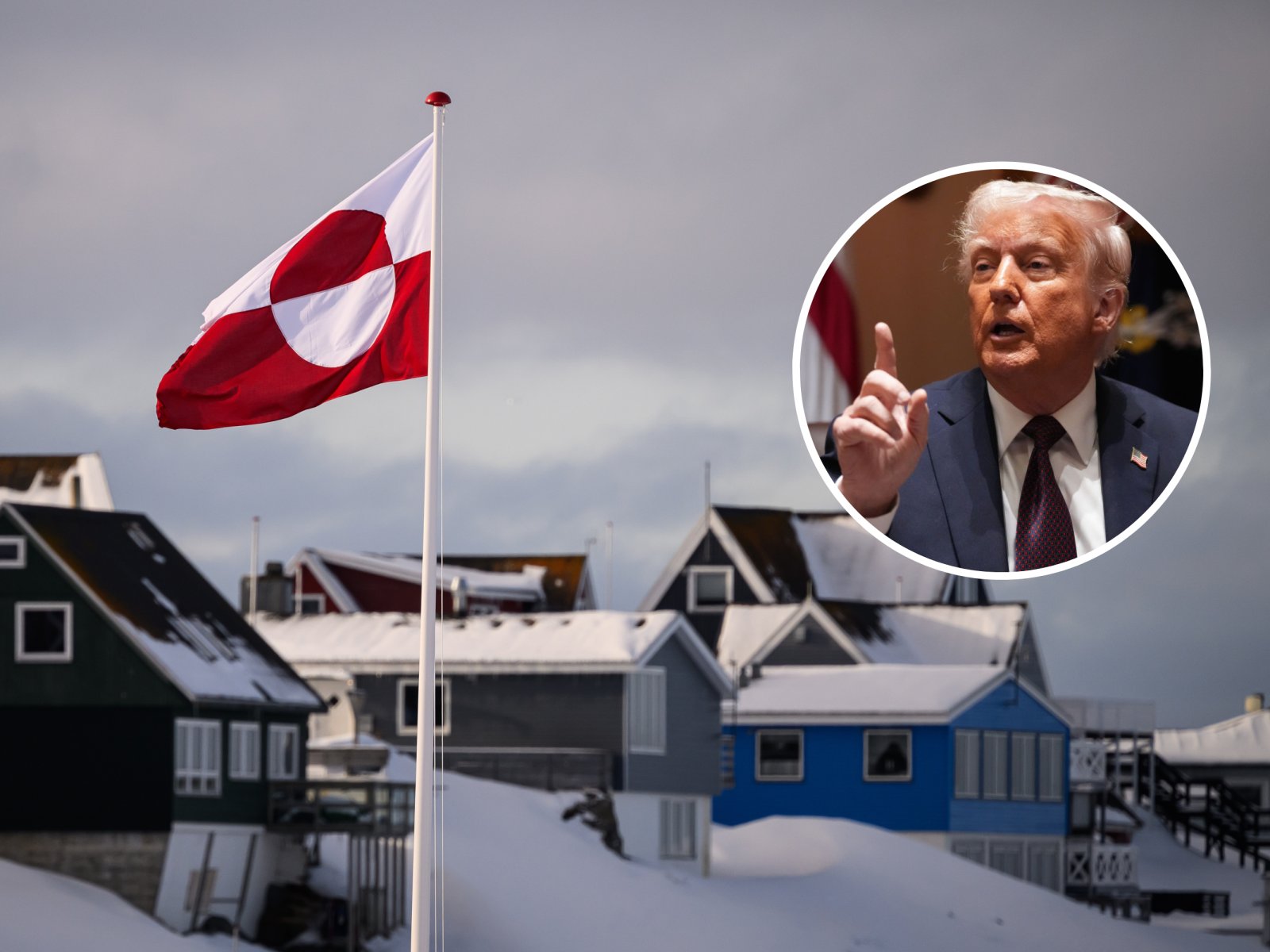
Greenland, an autonomous territory of Denmark, is situated in the Arctic, surrounded by the North Atlantic and the Arctic Ocean. Its proximity to major shipping lanes, its location near Russia, and its potential in resource exploration make it a highly valuable territory. The United States has established a strong military presence on Greenland, with key bases like Thule Air Base acting as central hubs for strategic defense purposes.
Thule Air Base, located approximately 750 miles from the North Pole, plays a pivotal role in US defense strategy. It is one of the northernmost American military installations, providing a vantage point for monitoring activities in the Arctic and the wider Northern Hemisphere. The base’s role extends beyond simple military operations; it acts as a critical link in the defense of North America, serving as a key site for early warning systems, missile defense, and surveillance of potential threats.
### **The Historical Context of US Military Presence in Greenland**
The history of the US military presence in Greenland dates back to World War II. In 1941, the United States and Denmark reached an agreement that allowed the US to build military bases on the island to protect it from potential German occupation. This agreement was crucial in securing the Atlantic region during the war. The Thule Air Base was established in 1951, a product of the Cold War’s geopolitical tensions, serving as a deterrent to Soviet advances in the Arctic.
During the Cold War, the US military maintained several installations on Greenland, making the island an integral part of its defense network. The establishment of radar and missile defense systems at Thule Air Base contributed significantly to the US’s ability to detect incoming Soviet missiles. This gave the US a strategic edge, allowing for the interception of any threats that might arise from the Soviet Union or other potential adversaries.

### **Thule Air Base: A Modern-Day Strategic Hub**
Today, Thule Air Base remains operational, albeit in a different capacity. While its original mission was focused on detecting and intercepting Soviet missile launches, its role has evolved over time to meet the modern security needs of the United States. The base now serves as an integral part of the US’s global missile defense system. With the increasing threat of missile technology from adversaries like North Korea and Iran, the base’s location and capabilities are more important than ever.
Thule Air Base is equipped with a state-of-the-art Ballistic Missile Early Warning System (BMEWS) radar system, capable of detecting missile launches from thousands of miles away. This system plays a crucial role in the US’s ability to respond quickly to potential threats. The base also serves as a staging area for military aircraft, providing logistical support for operations in the Arctic and beyond. Its location also allows for a quick response to any potential threats in the northern regions, particularly Russia.
In addition to its military functions, Thule Air Base is involved in scientific research. Greenland’s unique environment makes it an ideal location for studying climate change, ice core samples, and atmospheric conditions. The US military collaborates with scientists and researchers to better understand the Arctic region and its changing landscape.
### **The Geopolitical Significance of Greenland’s Location**
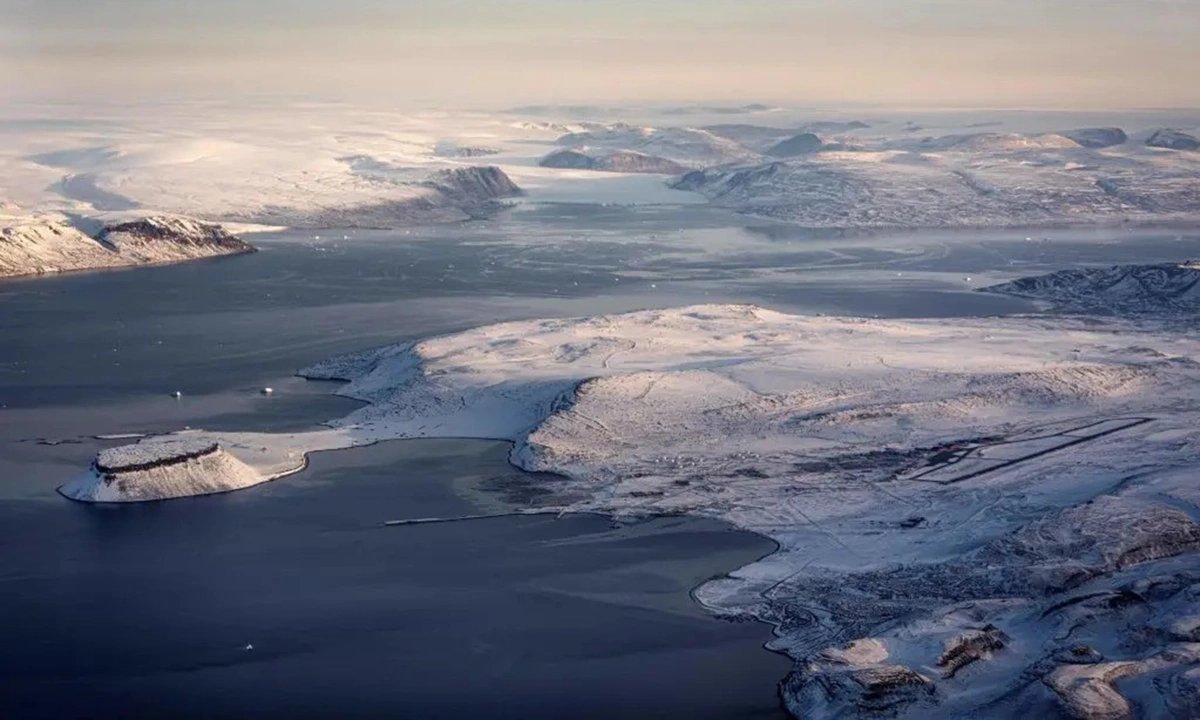
Greenland’s position in the Arctic region places it at the center of some of the most important geopolitical discussions of the 21st century. The melting of Arctic ice due to climate change has opened up new shipping routes, access to untapped natural resources, and an increasingly active presence from countries like Russia and China. Greenland’s strategic location allows the US to maintain a competitive edge in this rapidly changing environment.
The Arctic region has become a hotspot for military competition, with Russia actively expanding its military presence and China seeking influence in the area. The United States’ base in Greenland acts as a counterbalance to these growing powers, ensuring that the US remains a dominant player in the region. Greenland’s proximity to Russia means that the US can monitor and respond to any Russian military activities in the Arctic, further enhancing its security capabilities.
In addition, the US presence in Greenland sends a clear message to China and other countries looking to expand their influence in the Arctic. China’s interest in the region has been growing, with the country investing in infrastructure projects and seeking greater access to the Arctic’s resources. The US, through its military presence in Greenland, asserts its commitment to maintaining its dominance in the region.
### **Environmental and Indigenous Perspectives on US Military Presence**
While the US military sees its presence in Greenland as a necessary part of global defense strategy, it is not without its controversies. Greenland’s indigenous population, the Inuit, has raised concerns about the environmental impact of military operations and the long-term effects on their way of life. The Arctic environment is fragile, and the activities of the military—such as the construction of facilities, air traffic, and waste management—can contribute to pollution and ecosystem degradation.
Moreover, the US presence in Greenland also raises questions about sovereignty and self-determination. While Denmark maintains sovereignty over Greenland, there is a growing movement within Greenland for greater independence. The presence of foreign military bases, particularly from a powerful nation like the United States, can be seen as a challenge to the island’s autonomy. Many in Greenland are calling for more transparency and consultation regarding the activities of foreign military forces on their soil.
The environmental concerns have prompted calls for greater oversight of military activities in the region. Greenpeace and other environmental organizations have voiced their opposition to the expansion of military infrastructure in Greenland, warning that the delicate Arctic ecosystem is at risk of being further damaged. Balancing defense needs with environmental protection and indigenous rights remains one of the key challenges in maintaining the US strategic outpost on the island.
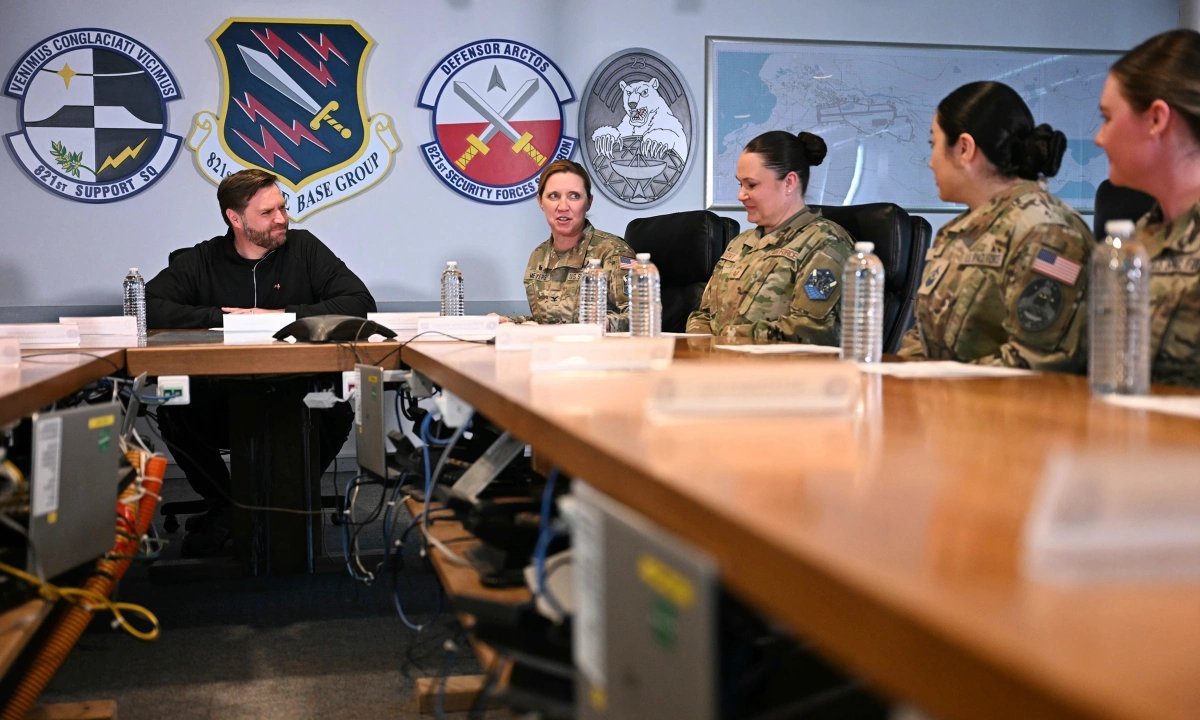
### **The Future of US Military Operations in Greenland**
Looking to the future, the strategic importance of Greenland will likely continue to grow. As climate change accelerates, the Arctic region will become an increasingly critical area for resource extraction, new shipping routes, and military operations. The US will need to adapt to these changing circumstances while maintaining its commitments to its allies and partners in the region.
The evolving nature of global security threats will also shape the future of US military operations in Greenland. As cyber warfare, space technology, and missile defense become more integral to modern warfare, the US will need to ensure that its facilities in Greenland remain equipped to handle these emerging challenges. This may involve the construction of new infrastructure, the integration of advanced technology, and further collaboration with allies.
At the same time, the US will need to navigate the complex political landscape surrounding Greenland. Relations with Denmark, Greenland’s indigenous population, and other countries with interests in the Arctic will be critical to the long-term sustainability of US operations on the island. Diplomacy, environmental stewardship, and respect for indigenous rights will be key in ensuring that Greenland remains a stronghold for US defense interests without causing harm to the local population or environment.
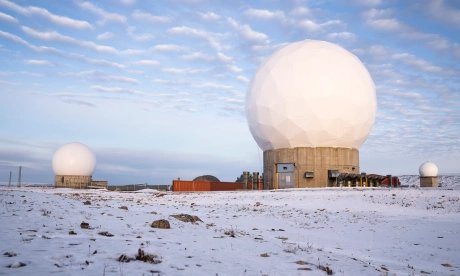
### **Conclusion**
The US strategic outpost on Greenland, particularly the Thule Air Base, remains one of the most significant military installations in the Arctic. Its role in missile defense, early warning systems, and Arctic surveillance has made it a cornerstone of US defense strategy. As global competition in the Arctic intensifies, Greenland’s location will continue to be a critical asset for the United States.
However, the future of US military operations on the island will depend on a delicate balance between national security interests, environmental sustainability, and respect for the rights of Greenland’s indigenous population. The Arctic is undergoing rapid change, and the decisions made today will shape the region’s future for generations to come.
The story of the US strategic outpost on Greenland is one of geopolitics, military strategy, environmental concerns, and the pursuit of global dominance in the face of emerging challenges. As the world turns its attention to the Arctic, the significance of Greenland’s role in international security will only grow more pronounced, highlighting the island’s importance in the 21st century.
